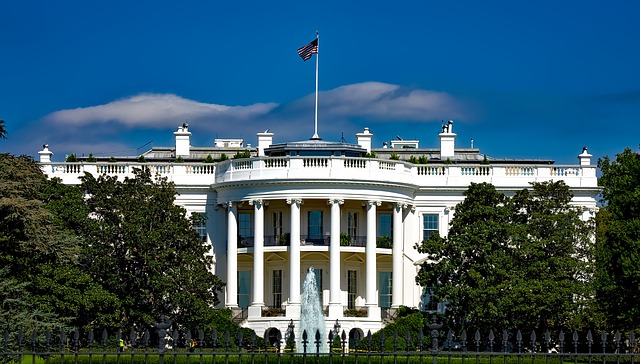President Biden on Wednesday proposed a $400 billion plan designed to significantly bolster Medicaid coverage of long-term care outside of institutional settings, marking the first concrete step toward achieving a central campaign promise to support caregivers and expand access to home-based care.
Pitched as part of a $2 trillion infrastructure package dubbed “the American Jobs Plan,” the $400 billion would go toward providing wider access to home- and community-based services (HCBS), while also bolstering the largely underpaid frontline caregiving workforce.
“President Biden believes more people should have the opportunity to receive care at home, in a supportive community, or from a loved one,” the White House observed in a fact sheet describing the plan, which he called on Congress to pass.
The description was short on specifics, but the president pledged to extend the Money Follows the Person (MFP) program, which encourages states to develop Medicaid-covered alternatives to nursing homes and other institutional long-term care settings; resident advocates have routinely criticized state Medicaid structures that prioritize nursing home care at the potential expense of HCBS options.
The Biden administration additionally pledged to create an “infrastructure” under which caregiving jobs pay higher wages, specifically pointing to statistics showing that one in six caregivers live in poverty and criticizing the average $12 per hour pay rate for home care workers.
The encouragement of union membership among care workers serves as a key plank of the president’s plan.
“These investments will help hundreds of thousands of Americans finally obtain the long-term services and support they need, while creating new jobs and offering caregiving workers a long-overdue raise, stronger benefits, and an opportunity to organize or join a union and collectively bargain,” the White House asserted.
Beefing up coverage of long-term care outside of institutions has been a particularly important issue for Biden. Back in July 2020, the then-Democratic nominee for president announced a $775 billion plan to overhaul the home-based care landscape, with a focus on improving the lives of underpaid caregivers — who disproportionately consist of women and people of color.
Biden also pledged to crack down on nursing homes during the lead-up to the 2020 election, offering a host of proposed regulatory upgrades while declaring that the pandemic’s impact on residents and workers “did not have to be this bad.”
The Biden-Harris campaign pointed to its preference for HCBS while simultaneously calling for stricter rules regarding infection preventionists and the elimination of generous liability protections for nursing home operators.
“As they work to protect those living in nursing homes and long-term care facilities, a Biden-Harris administration will also work to end the institutional bias in the Medicaid program by expanding access to home and community based services, affirm the commitment to people with disabilities and seniors to be able to self-direct services, work with Congress to secure permanent reauthorization of and invest in the Money Follows the Person (MFP) program, and fully implement the HCBS Final Rule,” the campaign noted.
With COVID-19 cases in nursing homes plummeting and regulatory attention shifting from crisis management to longer-term reforms, lawmakers in Washington and state capitols are increasingly questioning the ways that Medicare and Medicaid coverage prod seniors through the long-term care system — with demand for HCBS often outstripping available capacity.
“It can take years for these individuals to get the services they badly need. Aging relatives and people with disabilities deserve better,” the White House observed. “They deserve high-quality services and support that meet their unique needs and personal choices.”
Nursing home occupancies sit at record lows, as seniors delay non-essential surgeries and generally look to avoid institutional care given the toll that COVID-19 took on residents and workers; the specter of strict visitation lockdowns has also prompted families to choose in-home care over SNFs and other options.
The supply-demand mismatch has brought near-term pressure to nursing homes’ financial structures, which rely almost exclusively on the ability to keep beds full. One consulting firm earlier this year encouraged operators to consider giving up bed licenses to reduce expenses and facilitate the creation of single-occupancy rooms; the state of Ohio has publicly mulled a plan that would pay providers to downsize in an attempt to more closely match demand and support reimbursements for the beds that remain.
The White House proposal comes as the two top trade groups representing nursing homes and other senior care providers — the American Health Care Association and LeadingAge — called for a combination of tougher staffing rules and additional Medicaid funding for the sector; AHCA in particular has warned of a looming wave of facility closures without further federal support for the nursing home industry, which has received billions through the CARES Act and other sources.



